Ongoing conservation efforts mean the European bison recently moved from Vulnerable to Near Threatened on the IUCN Red List of Threatened Species. Bianca Stefanut of the Southern Carpathians rewilding team describes the longstanding importance of this iconic animal to Romanian culture and ecology.
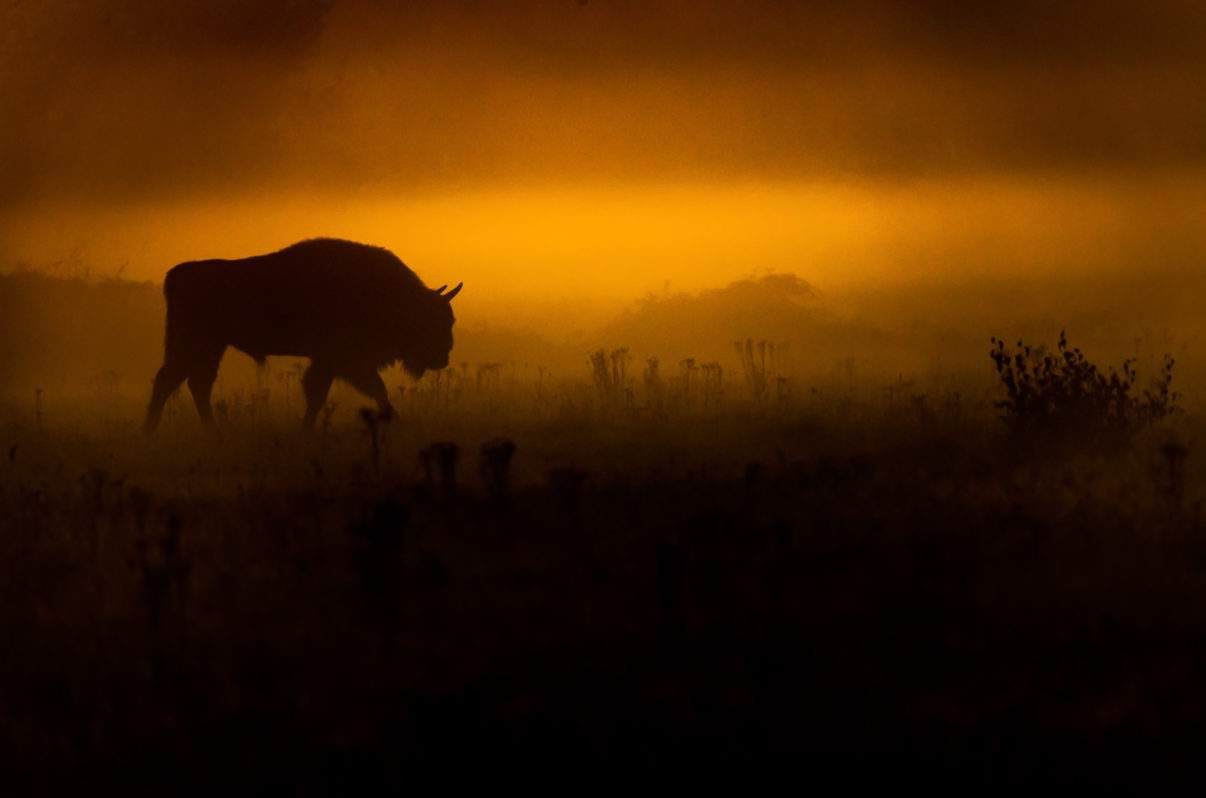
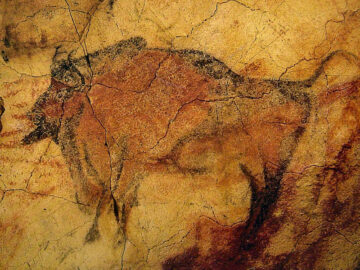
Palaeolithic bison
In 2010, several cave paintings were discovered in Romania’s Coliboaia Cave that date back between 23,000 and 35,000 years. This was the first time that such ancient cave art had been found in Central Europe. These “black paintings”, as they are also called on account of their colour, depict various animals, including a bison, a horse, a feline, one or two bear heads, and two woolly rhinoceroses. The cave is located around 200 kilometres from the Southern Carpathians rewilding area, at the foot of the Țarcu Mountains.
Bison in Romanian folklore
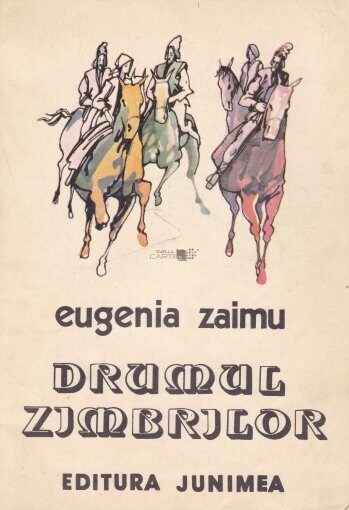
The giant herbivores that once roamed across Europe, such as the auroch (Bos primigenius, a type of wild ox) and the bison, inspired many stories designed to celebrate great medieval leaders, mark human settlements and inspire young people to undertake acts of bravery. Sometimes the species were confused in such folklore. For example, the founding of Moldova is based on the legend of Dragoș Vodă, who hunted bison with his dog Molda, but the Moldovan coat of arms depicts an auroch’s head, rather than a bison’s. Often confused with the bison (and of similar size), the auroch was hunted by poachers until extinction, the last specimen being recorded in 1627 in Jaktorów Forest, Poland.
Another legend published in 1981 – The Road of the Bison (“Drumul Zimbrilor”), written by Eugenia Zaimu and illustrated by Mircea Dumitrescu – brought joy to the childhood of our colleague Alexandra from the LIFE Bison team. The book tells children about the adventure of Mihai Vodă’s army around 1600. Assaulted by their enemies, they wisely asked for help from the bison, with one of them having a special song:
“Bison, brave warrior
Keeps the mountain on his neck
And the stars in his horns
Under the hooves the bad things
The cold river under his legs
Silky grass under the dawn
Ripe grains on the forehead
Wealth in my courtyard
Anger in the boulders
And misfortune for the enemy
May your herd live long bison, ancestor!…”
The bison herd routs the enemies and the army of Moldova is victorious. Vodă’s army celebrate their conquest, filled with gratitude for the bison.
An endangered species
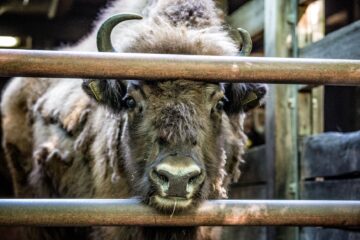
Hunted and deprived of habitat, the European bison disappeared from the wild in the twentieth century. The royal families of Lithuania and Poland and the Russian tsars were the only ones who still boasted bison in their forests. Having disappeared from Western Europe in the 11th century, the last bison in Romania were killed in Moldova in 1762 and Transylvania in 1790. The last wild European bison in Poland was killed in 1919, and in the world in 1927 (in the Russian Caucasus).
At that point, less than 50 bison remained in European zoos. A group of conservationists then decided to save the species from extinction. From 1951 onwards, herds of European bison were successfully reintroduced into the wild, with the largest populations now found in Belarus, Poland and Russia. Smaller herds also exist in Lithuania, Ukraine and Kyrgyzstan.
From myth to reality
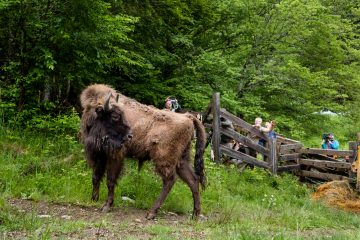
In Romania, the first bison were reintroduced in the Vânători Neamț National Park in 2012. There are now 47 free-roaming bison in this park. In the Făgăraș Mountains, the Conservation Carpathia Foundation have reintroduced 13 bison, with the aim of eventually releasing 100 animals.
Today, the largest population of bison in Romania – which numbers between 63 and 67 animals – is located in the Southern Carpathians rewilding area in the Țarcu Mountains. Since 2014, bison have been brought here from reserves and breeding centres in Europe, following a complex selection process to ensure genetic diversity. With the reintroduction programme overseen by Rewilding Europe and WWF Romania, the aim is to create a viable population that breeds in the wild and supports the growth of both biodiversity and sustainable nature-based tourism. The latter is providing growing economic opportunities for local communities.
The presence of a stable population of bison helps to maintain a half-wooded, half-open landscape, with the animals grazing excess vegetation from forest openings, meadows and forested meadows. As the diversity of the landscape and vegetation increases, so a range of habitats are created that are suitable for invertebrates, birds and small mammals. Restoring the bison population in the southwestern Carpathians will bring the major ecological benefit of having an umbrella species here. Such species are selected for making conservation-related decisions because protecting them indirectly protects the many other species that typically exist alongside them. Bison conservation, therefore, has wide-ranging ecological benefits for the entire region.
An enduring icon
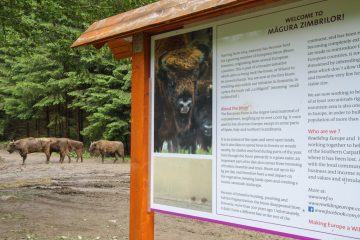
People have always been attracted by the greatness of bison – thanks to the comeback of this mighty animal Romanians can once again be proud of the richness of nature that surrounds them. Romania is an example of the entire European continent. Its history, culture and nature are unique and necessary for future generations to enjoy and learn from.
The communities in the Măgura Zimbrilor (Bison Hillock) area are benefitting from bison rewilding through the development of nature-based tourism. This can bring new sources of income and incentivise young Romanians to remain in the places where they were born and grew up.
Human-bison coexistence is a priority for both the Southern Carpathians rewilding team and local authorities – their collaboration ensures a harmonious relationship always exists between people and animals. As a result of this partnership, the European bison is thriving in the Romanian landscapes of today, not just in stories from the past.
